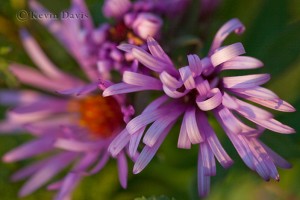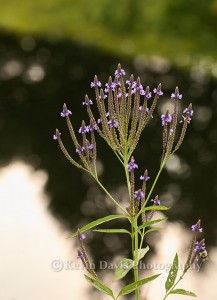My most recent book was created with Photobook. Photobook has several branches all over the world; I used Photobook America, located in Toronto. Time to print with Photobook was significantly longer than past experience with Blurb and MPIX. Perhaps related to two factors. This latest book has a silk cover with a photo inset into a center window. And I ordered multiple copies. Blurb will print a book with full-bleed photo cover in just a few days. And have seen MPIX (outsourced to DigiLabs) create books literally overnight.
At the time I printed with Photobook, both Photobook and Blurb had recently begun offering a new premium paper option called “luster”. I tried it. But honestly, looking at four books printed over a time span of 18 months, printed by three different companies … I don’t see a significant difference in image quality. They all have a slight sheen to the surface. Maximum black density is similar. Image quality is entirely comparable. As near as I can tell “premium” paper options provide only two differences: thickness and opacity. All three companies print with an HP Indigo digital press.
Photobook’s downloadable software is called Photobook Designer. I found it easy to use; very comparable to Blurb BookSmart and (MPIX/DigiLabs) My Photo Books. However, there was one problem. For my title page, I created a graphic image with transparent areas, saved as a PNG file. The Photobook Designer software recognized PNG files with no problem. The preview (prior to upload) looked great. But when the book was printed, the title-page graphic was unrecognizable. (I also used a PNG on the final page of the book and this printed just fine.)
I contacted Photobook support twice via email, including a screen-capture from the book preview (what it should look like), but received no responses; apparently their support systems were down for more than a week. Upon calling via telephone, someone readily worked to assist me with the problem. The book is actually printed from a PDF and they shared this PDF with me; my title page graphic was mutulated. The problem was not the press. The problem was not on my end. Something went wrong in upload or translation to PDF. But because their web site states only support for JPG and TIFF, they suggested that PNG files are not guaranteed. Photobook would not reprint the books at zero cost to me. They did reprint the books at a deeply discounted price, after I replaced the PNG with a JPG. (This was not a trivial replacement. I originally used PNG because it supports transparency; JPEG does not.)


This latest book was simply a personal collection of favorite images from the past year. A couple of the images are shown here. Click on the image for a larger view.
For more information about comapanies that help you create custom photobooks,
I recommend PhotoBookGirl.com. (I am not affiliated with PhotoBookGirl; but I find
it is a good source of information.)





